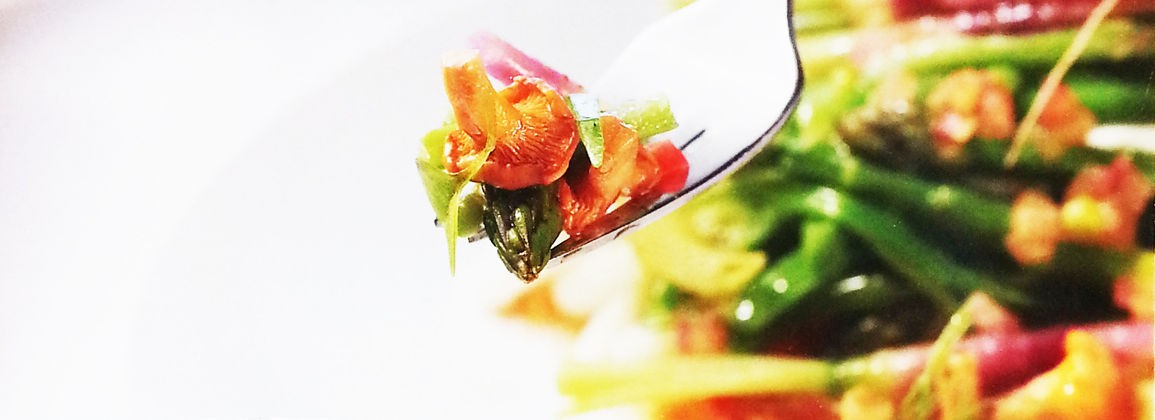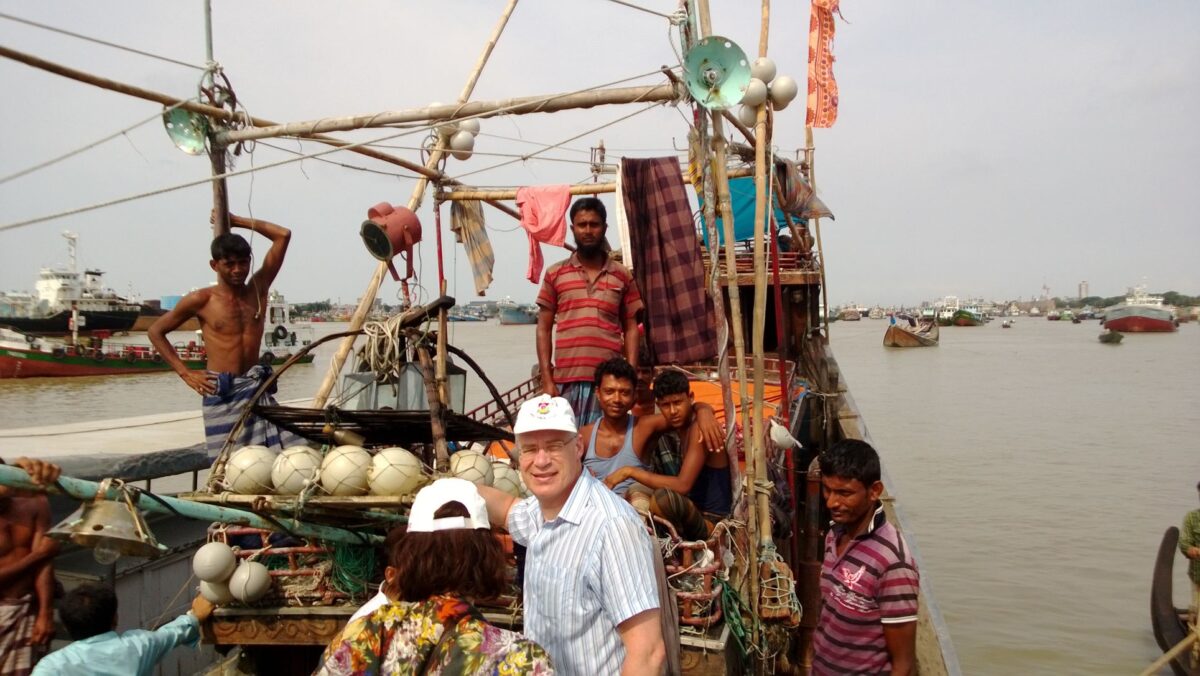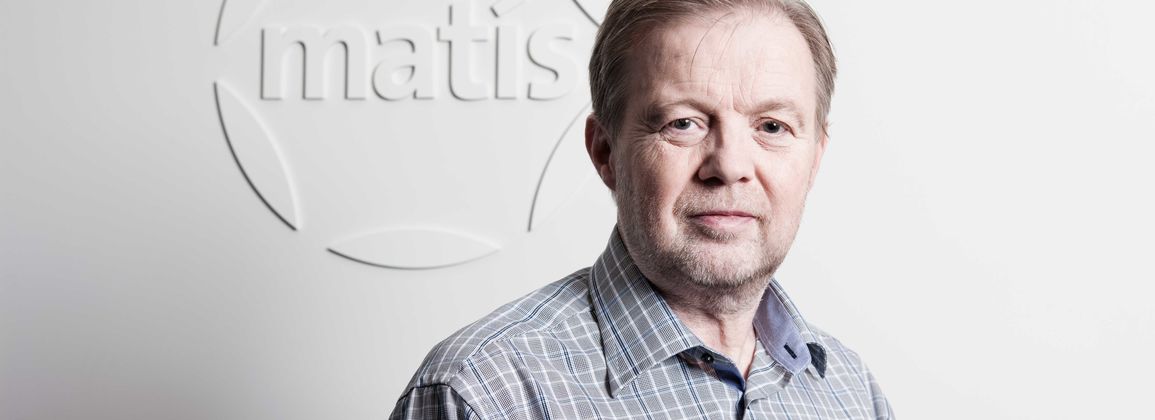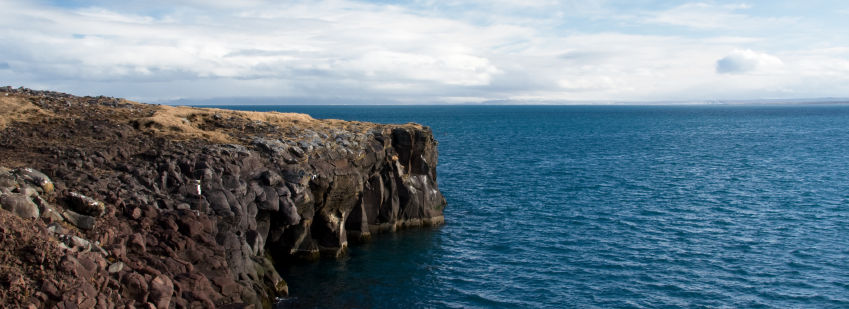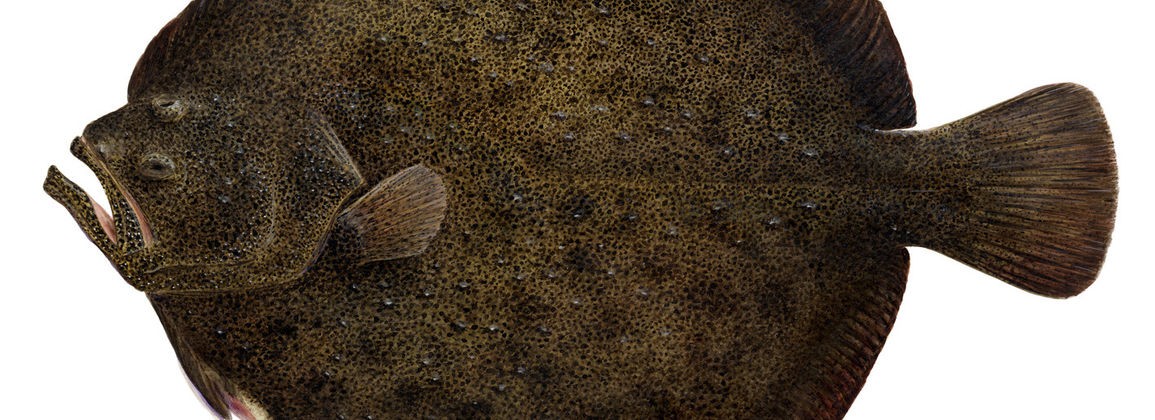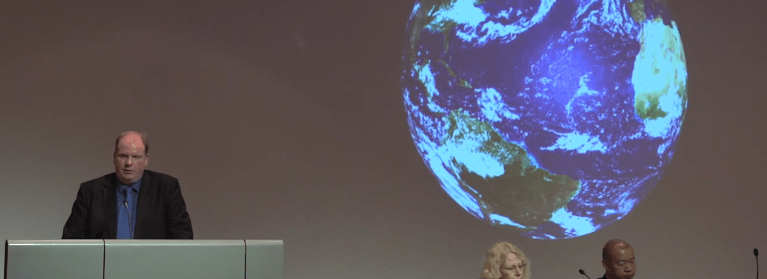In recent years, great ambitions have been placed on the full utilization of fish in this country, which has contributed to great value creation, and for example, in 2012 each tonne of haddock was caught about a third more valuable than it was in 2008.
In recent years, great ambitions have been placed on the full utilization of fish in this country, which has yielded good results compared to other fishing nations. Norwegians, who are often considered our main "competitors", are among those who are now looking to Iceland in their efforts to increase the value of their catches. The difference between Iceland and Norway's catch utilization is significant. In Iceland, for example, 570 kg of products are obtained from 1 tonne of cod, but the same amount yields only 410 kg of products to Norway. The difference is 16% or 160 kg per tonne, which means that the Norwegian value added from their total catch in the Barents Sea in 2013 could amount to just over NOK 1 billion or ISK 21 billion. if they adopted the methods of Icelanders.[1]
But at the same time as Icelanders can rejoice in how well they have succeeded, it is a fact that even more can be done here and there is still considerable scope for even further utilization and innovation. It is also conceivable how large a part of the catch goes unprocessed out of the country, but it can be said that billions of values leak out of the country in the form of unprocessed or little processed catch each year. But the export value of marine products could easily be increased through more onshore processing.
The haddock will be more valuable
At a meeting a few months ago, it was stated that in 2008 about 2.2 billion in value was lost solely because haddock had been sold out of the country unprocessed, while the total value of gutted haddock was then about 4.6 billion. From this same quantity, 11,000 tons of skinless and boneless fillets and 1,730 tons of dried heads could be produced, but the total value of such products was about 6.8 billion. Thus, the value of the catch could have been increased by 33% if the haddock had been processed in Iceland. Fortunately, processing in Iceland is increasing year by year, which has resulted in job creation and value creation.
Since 2008, the haddock catch has decreased significantly and in 2012 it was 47,700 tonnes. or almost half of what he was in 2008 when he was 102,400 tons. Despite this sharp decline in catches, the export value of haddock products in Icelandic krónur has only decreased by 23%. If the quantity caught is divided by the total export value and the exchange rate of the euro is used, it turns out that each tonne of haddock caught is about a third more valuable in 2012 than in 2008 in euros. This undoubtedly indicates that there has been an increase in the processing of more valuable products and it can be assumed that it is possible to do even better with increased processing and improved utilization.
Studying food science increases innovation
Matís has been responsible for various researches that contribute to better handling and better utilization of the catch, and this undoubtedly results in increased possibilities in the production of more valuable products than before. The company has also been involved in developing processing processes for products such as dried cod heads and canned liver. In addition to being involved in projects that promote improved design of fish processing equipment with the aim of maximizing utilization, increasing productivity and improving quality. Matís has also collaborated well with the University of Iceland and was involved in the establishment of a master's program in Food Science, which is part of increasing professional knowledge of food processing and handling, in addition to which respected collaboration in a fertile environment produces ideas and powerful innovation. Matís has succeeded so well in its collaboration with university students that Icelandic students in food science and related disciplines have become sought after by large companies, as was stated in a news item on this page recently. See news.
Matís' motto, Our research - for the benefit of all, are therefore particularly relevant in this context, as the company's research has already paid off for the national economy. However, it is clear that the government needs to secure increased funding for food research, which is undoubtedly a permanent investment, if we can increase our catch value by simply increasing processing here at home through innovation and product development of our products that could at the same time lead to job creation for many people.
"Barents Sea: Cod quota increased to one million tonnes - 250 thousand tonnes increase"


